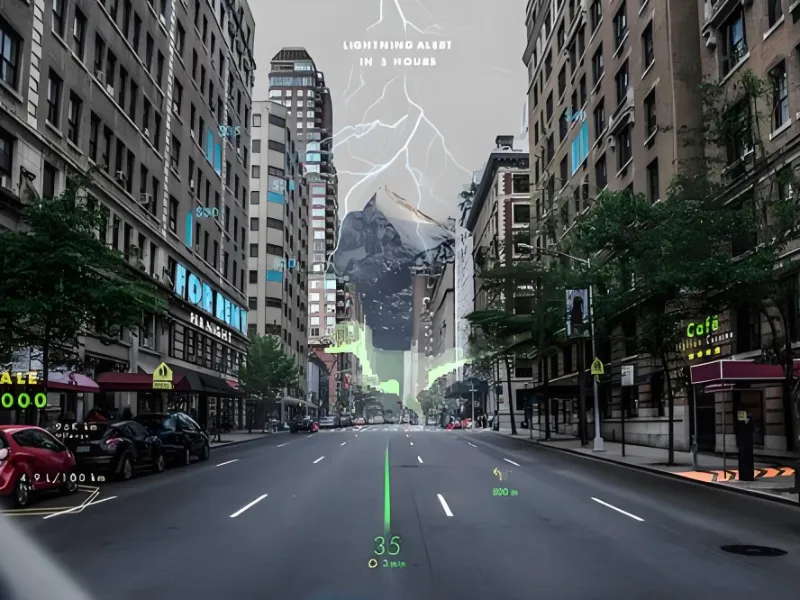- Augmented reality plays an important role in training simulation, virtual fitting rooms, augmented reality navigation.
- Mixed reality has important applications in virtual design, urban planning and layout, and personalised customer experience.
Augmented reality (AR) and mixed reality (MR) have a wide range of application cases in various industries, each playing an important role in different application scenarios and needs, bringing innovation and convenience to users and enterprises by enhancing user experience, increasing productivity and improving service quality.
Good examples for augmented reality
Augmented reality enhances the user’s perception and interactive experience by superimposing virtual information on the real world environment in real time. Typically, AR is achieved through mobile devices, AR glasses, or other AR devices.
1. Training simulation: For the training of complex equipment, such as pilot training or medical surgery simulation, AR can display real-time operational guidance and key information.
2. Virtual Fitting rooms: AR apps allow consumers to try on clothing and accessories virtually using their phones or AR glasses, enhancing the shopping experience and improving purchasing decisions.
3. Augmented Reality navigation: AR applications can provide real-time navigation guidance, showing directions, landmarks and practical information to help visitors navigate unfamiliar cities.
4. history and culture display: AR can display virtual reconstruction of historical sites and cultural places through mobile phones or tablets to enrich tourists’ cultural experience.
5. Surgical assistance and rehabilitation: Doctors can use AR glasses to view real-time patient data, operating guidelines or 3D models to improve surgical accuracy and safety. Help patients with physical rehabilitation through interactive games and simulation tasks.
Also read: What is Augmented Reality?
Also read: What is one characteristic of augmented reality?
Also read: Different types of Virtual Reality (VR) technology
Good examples for mixed reality
Mixed reality combines elements of the real and virtual worlds to create a new hybrid environment. In mixed reality, virtual and real objects can coexist in real time and interact with each other.
1. Virtual design: MR Technology can overlay virtual models into the actual work environment to help designers and engineers evaluate and optimise product design.
2. Remote collaboration: Engineers can use MR Glasses for remote support and training, sharing perspectives and operational guidance in real time.
3. Urban planning and layout: Governments and urban planners can use MR Technology to simulate the layout and impact of new buildings or infrastructure in a real urban environment.
4. Augmented Reality advertising: Advertising agencies can use MR Technology to create innovative advertising content that interacts with consumers in a real environment.
5. Personalised customer experience: Retailers can provide personalised shopping experiences through MR Apps, such as virtual shopping guides or customised product displays.

